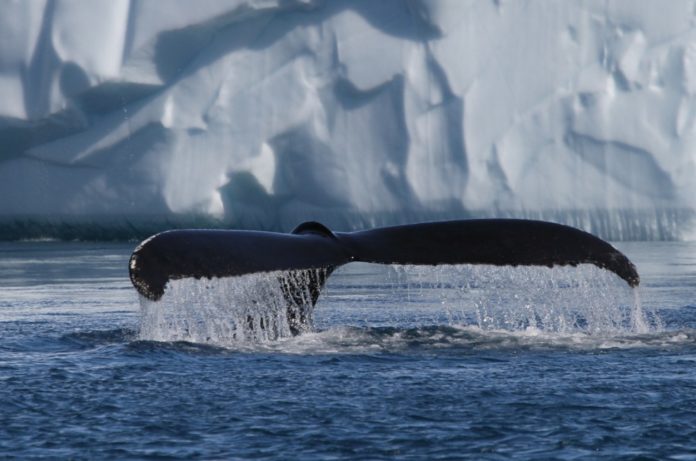Polar bears, humpback whales, musk oxen, walruses, reindeer and white-tailed eagles are just some of the many animals you can experience on land, at sea and in the air around Greenland.
Do you have a special love of Arctic nature?
Or maybe you just want to read how to catch a redfish or how fast a polar bear can run? Then read on here. We have compiled all the essential information about Greenland’s land mammals, whales, fish, birds and insects for you who are planning your next hiking trip, fishing trip or safari and for you with an interest in the wildlife of Greenland.
Bo Normander has been a nature photographer and writer for more than a decade in parallel with his career as an environmental researcher and manager. He is highly knowledgeable about Arctic nature and the environment, and has written a number of reports and scientific articles on nature and biodiversity. Bo has previously been the Director of Worldwatch Institute Europe, the Chairman of the Danish Ecological Council, and Senior Researcher at the National Environmental Research Institute (now part of Aarhus University), from which he holds a PhD in Microbial Ecology.
Despite the dominance of the inland ice Sheet, Greenland’s wildlife has a much larger domain than we humans have access to. The mountain world does not pose the same obstacle to land mammals, birds have their own motorways in the sky across fjords, oceans and mountains, and sea animals are interconnected to a global, boundless ecosystem. Therefore, it is also less crucial that the Inland Ice Sheet takes up 80% of the landmass in Greenland, which is often presented as a unique Greenlandic challenge.
Greenland has the world’s largest national park, and this is one of the reasons for the widespread and abundant wildlife. Greenland National Park is an Arctic paradise and wilderness located in the northeast corner of the country. As the national park is so vast and relatively accessible, it is only frequented by a small handful of visitors, which allows the wildlife in the park to thrive and propagate undisturbed.
In other regions of the country, the Greenlandic population has made a living for thousands of years from the Greenlandic fauna. With a coastline of 44,087 km, the sea in particular is of crucial significance to human survival. The marine fauna is still a key resource to this day, where seafood is exported to other countries and where Greenlandic designs made of sealskin are internationally recognised.
There are still many locals who fish or hunt. Greenlandic ingredients such as seal meat, reindeer, musk ox, lamb, fish, whale and seafood are therefore the cornerstones of Greenlandic gastronomy. In an Arctic climate where access to agriculture has been limited, these ingredients are packed with nutrients and are today being reinterpreted by talented chefs across the country.
Similarly, wildlife has played a vital role in Greenlandic culture, with animals appearing in a variety of ways, for example, in mythology and art. Likewise, the fishing and hunting culture has left its mark on Greenland with, for instance, the kayak and sealskin details on the national costume.
Greenland is strongly linked to its wildlife, which is versatile and widespread across the country. Whether your interest is in whale watching, bird watching or angling, Greenland is packed with opportunities to experience nature up close.


























